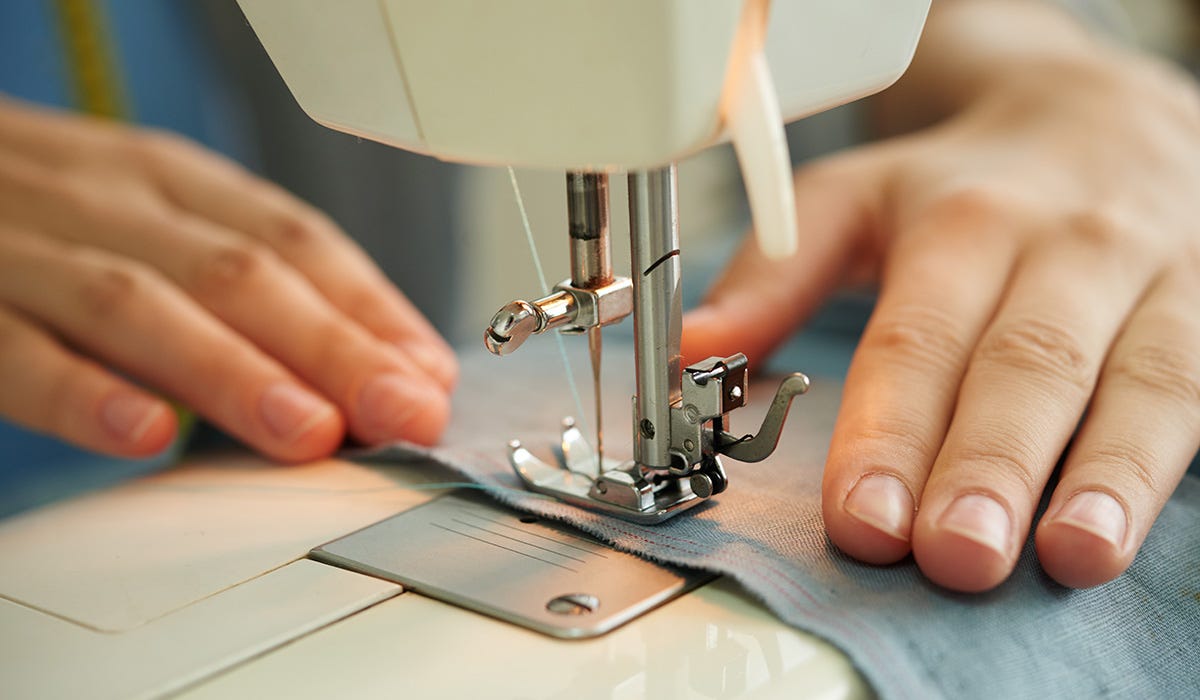Specialist Tailor Perth: Crafting Custom Suits for Every Event
Specialist Tailor Perth: Crafting Custom Suits for Every Event
Blog Article
Recognizing the Tailoring Process: From Textile Option to Final Fitting for the Ideal Wardrobe
The customizing procedure is a complex interaction of art and science, beginning with the important decision of material choice and finishing in the accurate changes of last fittings. Each material type brings one-of-a-kind high qualities that influence not just the visual charm but also the garment's long life and viability for various celebrations.
Importance of Fabric Choice
Choosing the appropriate textile is important in the customizing process, as it straight influences the convenience, durability, and general visual of the final garment (tailor perth). The option of material establishes the structure for the garment's performance, functionality, and style. Various textiles possess one-of-a-kind residential properties, such as weight, stretch, and breathability, which can significantly impact exactly how the garment drapes and fits the body
Furthermore, textile choice impacts the garment's longevity and ease of care. High-grade materials can withstand damage, keeping their appearance and framework in time, while lower-quality products may bring about pilling or fading. Additionally, the appropriate fabric adds to the garment's capacity to shift throughout celebrations and periods, consequently boosting flexibility.
A tailored item made from a proper fabric not only showcases craftsmanship yet likewise raises the wearer's confidence. Understanding the subtleties of textile choice is extremely important for any kind of tailoring endeavor. It makes sure that the end product not only satisfies the visual needs of the client however also aligns with functional demands, thereby attaining a harmonious balance in between kind and feature in the tailored wardrobe.
Kinds of Fabrics and Their Usages
Recognizing the various kinds of textiles available is crucial for making educated choices throughout the customizing process. Each textile has distinct characteristics that determine its suitability for details garments and occasions.
Its flexibility allows it to be customized into whatever from t-shirts to outfits. Its natural elasticity aids garments maintain shape over time.
Silk exudes luxury and is lightweight, making it excellent for eveningwear and fragile shirts; however, it calls for cautious handling as a result of its frailty. Bed linen, with its distinctive finish, is a popular selection for cozy climates, offering a airy and crisp feel, yet it wrinkles easily, which might impact the garment's appearance.
Artificial fabrics, such as polyester and nylon, deal durability and resistance to wrinkles, making them ideal for daily wear and active clothes. Comprehending these textile types and their residential properties permits far better decision-making, making sure that each customized item not only fits well but likewise lines up with the designated objective and occasion.
The Tailoring Strategies Discussed
The art of tailoring relies on a variety of strategies that change fabric into well-fitted garments. Central to this procedure is pattern composing, where a tailor creates themes based upon the customer's dimensions and desired design. This initial action makes certain that the garment will fit the user appropriately before any kind of cutting occurs.
Once patterns are developed, reducing strategies come into play. Accuracy is paramount as errors can lead to misfitting garments. Tailors frequently make use of different cutting methods, such as single-layer reducing for complex designs and multiple-layer reducing for efficiency on conventional patterns.
Basting is an additional crucial technique, enabling tailors to momentarily stitch textile pieces together for a preliminary installation. This approach uses the chance to examine the drape and general shape before final stitching.
Seaming methods, consisting of french joints and flat-felled seams, improve the garment's toughness and visual charm. Tailors additionally use methods such as interfacing and cushioning to supply structure and form to certain areas, like collars and shoulders.
Lastly, finishing methods, consisting of hemming and side ending up, make certain the garment's longevity while offering a polished look. With each other, these strategies develop the foundation of efficient tailoring, leading to charming, tailor-made garments.
Fitting Modifications and Factors To Consider

Secret factors to consider consist of the shoulder fit, which must neither sag nor limit activity, and the sleeve size, which should permit comfortable arm movement while maintaining a sleek appearance. Furthermore, changes at the midsection can fine-tune the shape, with options to allow out or take in material as needed.
The surge of pants is one more vital aspect; it needs to rest easily over the hips without creating pain, permitting simplicity of motion. Hemming lengths for both pants and skirts must reflect the user's recommended style while respecting percentages.

Preserving Your Tailored Clothes
Appropriate upkeep of customized garments is important to protecting their fit and look over time. To make sure longevity, normal cleansing is paramount. Always comply with the care tag directions, which may recommend dry cleansing for delicate materials or device cleaning for more sturdy materials. Prevent regular laundering, as this can wear down the textile and alter the garment's form.
Storage is similarly vital; use cushioned hangers for layers and jackets to preserve shoulder structure, and shop pants folded nicely or hung to avoid creasing. Safeguard garments from direct sunshine, which can fade shades and damages fibers.
Additionally, periodic assessments for minor fixings can prevent larger issues. Inspect for loose buttons, tearing seams, or indications of moth damage, addressing these troubles promptly to preserve the garment's honesty.
Lastly, consider seasonal rotation. Wearing tailored items in moderation permits materials to recover, expanding their lifespan. By implementing these maintenance techniques, you can guarantee that your tailored garments stay as immaculate as the day you initially used them, enhancing your excellent wardrobe for several years to come.
Conclusion
The tailoring process, encompassing material choice, proficient strategies, and specific suitable changes, plays a vital function in creating garments that improve both comfort and style. Each stage adds to the general performance of the last product, making sure that garments not just fits well but also mirrors private identification. Additionally, recognizing the value of maintenance expands the life of customized garments, solidifying their check here value in a well-curated closet. A thorough strategy to customizing culminates in a confident and polished appearance.
Selecting the appropriate material is critical in the tailoring procedure, as it directly affects the comfort, toughness, and overall aesthetic of the last garment. The choice of textile sets the structure for the garment's performance, performance, and design. Different fabrics have special buildings, such as breathability, stretch, and weight, which can considerably affect exactly how the garment drapes and fits the body.
The art of tailoring depends on a variety of techniques that change material right into well-fitted garments.The tailoring process, including fabric choice, competent methods, and exact this website suitable changes, plays an essential role in creating garments that boost both comfort and style.
Report this page